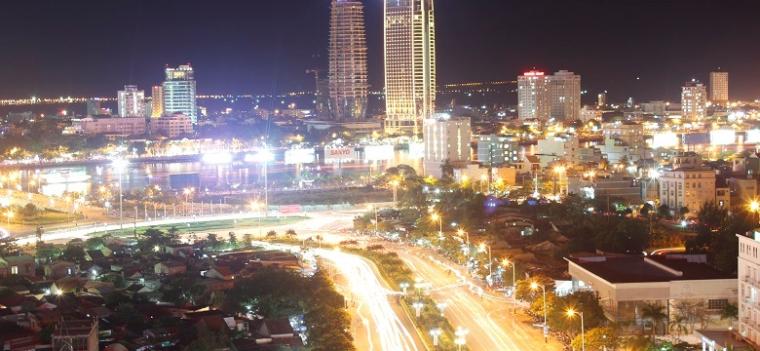News
- The World Bank is helping Da Nang, Vietnam, translate its city environmental plan into action through a series of targeted investments in energy efficiency and green infrastructure.
- Among the projects being proposed are replacement of existing mercury vapor street lighting with efficient LEDs, and a modern waste treatment center that would generate electricity from methane gas.
- The projects were identified through the ‘Sustainable Urban Energy and Emissions Planning’ (SUEEP) process, which helps cities identify projects with the highest energy savings and emissions reduction potential.
Southeast Asia’s urban population is growing rapidly, with 55 percent of its people expected to live in cities by 2030. In Da Nang, central Vietnam, the population is expected to reach 1.65 million by 2020 – nearly double its 2010 population.
Such growth makes it challenging to balance increasing demand for energy and services with the need for sustainability. But Da Nang, now the fifth largest city in Vietnam, is on a path to show how it can manage rapid expansion without drastically increasing its levels of energy consumption or greenhouse gas emissions.
Da Nang’s city government has made a strong commitment to low carbon urban development, adopting a city environmental plan in August 2008. The World Bank is helping the government translate that plan into action through the Sustainable Urban Energy and Emissions Planning (SUEEP) process, which provides a framework to help cities mobilize financing and carry out a series of investments in energy efficiency and green infrastructure.
